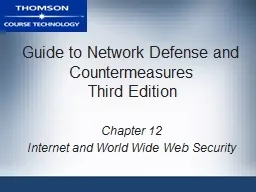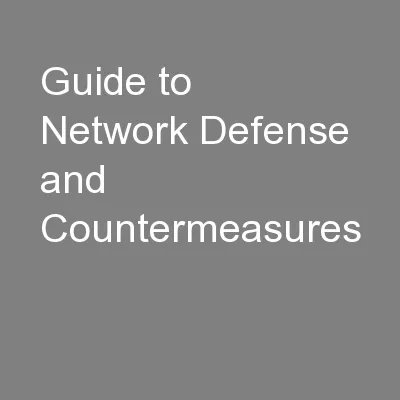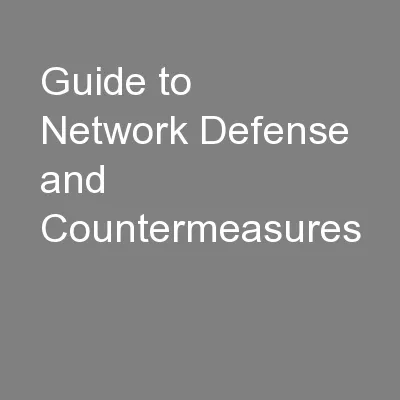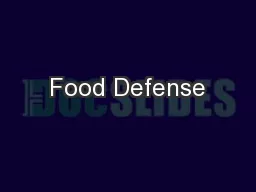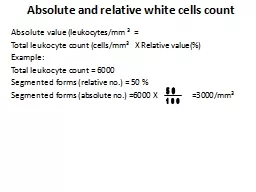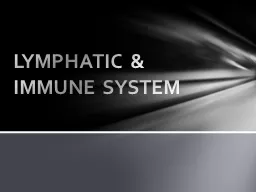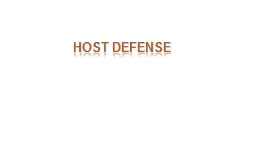PPT-11.2 The Body’s Line of Defense
Author : fluenter | Published Date : 2020-06-16
Pages 357 366 Biology 20 Unit D 112 The Bodys Line of Defence Pathogen an organism causing disease An infectious disease may be caused by Viruses bacteria fungi
Presentation Embed Code
Download Presentation
Download Presentation The PPT/PDF document "11.2 The Body’s Line of Defense" is the property of its rightful owner. Permission is granted to download and print the materials on this website for personal, non-commercial use only, and to display it on your personal computer provided you do not modify the materials and that you retain all copyright notices contained in the materials. By downloading content from our website, you accept the terms of this agreement.
11.2 The Body’s Line of Defense: Transcript
Download Rules Of Document
"11.2 The Body’s Line of Defense"The content belongs to its owner. You may download and print it for personal use, without modification, and keep all copyright notices. By downloading, you agree to these terms.
Related Documents





